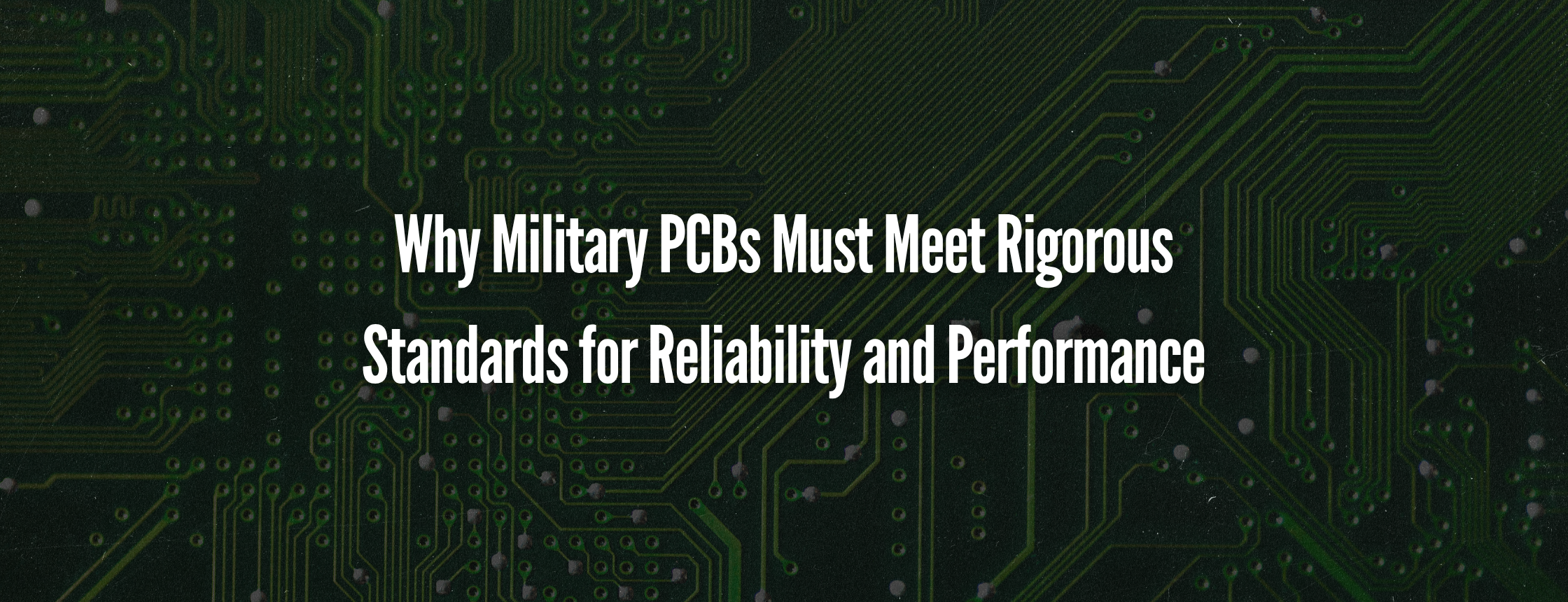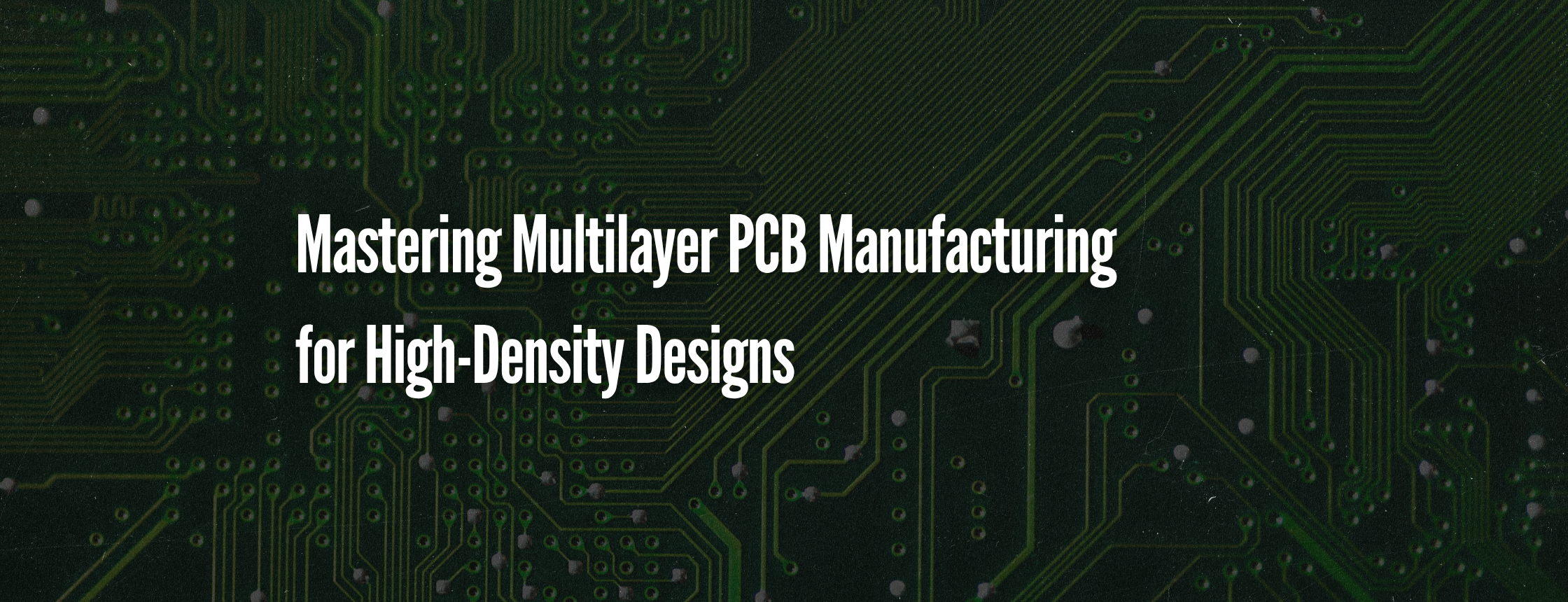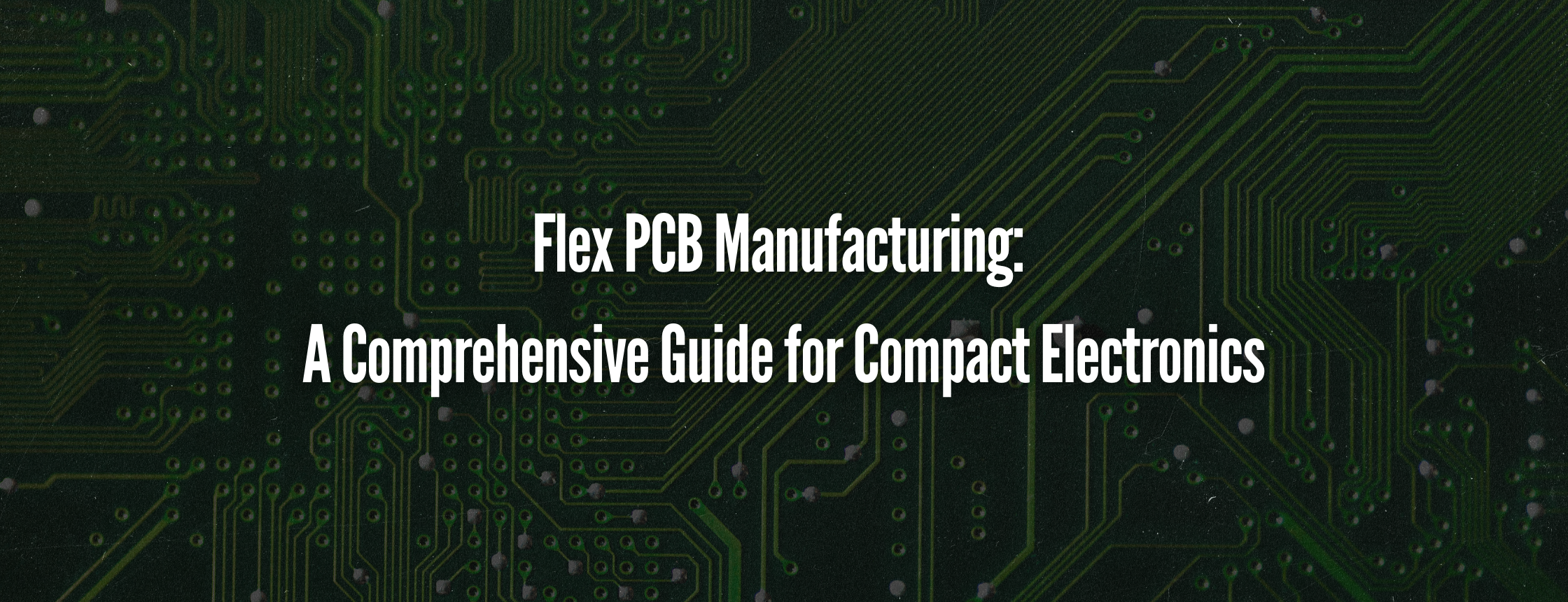The Role of HDI PCBs in Modern Electronics: Why They Matter
High-density interconnect (HDI) printed circuit boards (PCBs) have become essential in modern electronics, supporting the increasing demand for compact, high-performance devices. As consumer and industrial electronics continue to shrink in size while requiring greater functionality, HDI PCBs offer a solution that balances miniaturization, signal integrity, and reliability. The integration of HDI PCBs has allowed engineers and designers to push the boundaries of technology, enabling devices to be more efficient, powerful, and compact.
What Are HDI PCBs?
HDI PCBs are printed circuit boards designed with a higher wiring density per unit area than traditional PCBs. They achieve this through advanced design techniques such as micro vias, blind and buried vias, and fine line and space routing. Microvias are small-diameter vias that improve electrical performance and save space, making it possible to fit more complex circuits into a smaller footprint. Blind and buried vias create connections between different layers without extending through the entire board, allowing for more compact and efficient designs. Fine line and space routing enable higher circuit density and improved signal transmission, critical for high-speed applications. Features like these allow the HDI PCBs to enhance electrical performance while reducing board size and weight, making them ideal for advanced applications that demand precision and reliability.
How HDI PCBs Improve Performance in Compact Devices
The shift toward more compact and portable devices has increased the need for PCBs that maximize performance in minimal space. HDI PCBs support this trend by offering several key advantages. One of the most significant benefits is enhanced electrical performance. Using microvias and finer trace spacing reduces signal loss and improves signal integrity, which is especially beneficial for high-frequency applications where minimizing electromagnetic interference (EMI) is crucial. Additionally, HDI PCBs contribute to space and weight reduction by enabling the placement of more components in a smaller area, reducing the device’s overall footprint. This is critical in mobile technology, medical devices, and aerospace industries, where compact and lightweight designs are necessary. Another significant advantage is increased reliability and durability. The design techniques used in HDI PCBs, such as blind and buried vias, reduce mechanical stress and improve board durability, contributing to longer product lifespans and better resistance to environmental factors. Combining these factors makes HDI PCBs a preferred choice for modern electronics requiring robust and efficient performance.
Applications of HDI PCBs in Modern Electronics
The capabilities of HDI PCBs make them essential in various industries. Consumer electronics, for instance, heavily rely on HDI PCBs for their compact designs and high-speed processing capabilities. Smartphones, tablets, and wearable devices require sophisticated circuitry in a small form factor, making HDI technology crucial for achieving optimal performance. Advanced gaming consoles and high-resolution displays also benefit from HDI PCBs, providing high-speed data transmission and reduced power consumption. In the medical field, HDI PCBs enable the miniaturization of medical equipment such as implantable devices, hearing aids, and diagnostic tools. Medical imaging devices, such as MRI scanners, require high-precision signal processing, which is enhanced by the improved signal integrity of HDI PCBs. The automotive and aerospace industries also utilize HDI PCBs for advanced applications. Modern vehicles incorporate HDI PCBs in advanced driver-assistance systems (ADAS), infotainment systems, and electric vehicle (EV) power management. In aerospace, avionics, navigation systems, and communication devices depend on HDI PCBs for their reliability and weight-saving advantages.
The Future of HDI PCBs
As electronic devices evolve, the role of HDI PCBs will expand even further. Future advancements may include greater integration with flexible and rigid-flex PCBs, leading to even more compact and versatile designs. Combining HDI technology with flexible substrates will create new possibilities for wearable technology, foldable displays, and other innovative applications. Additionally, improved manufacturing techniques such as laser drilling and advanced material compositions may further enhance HDI PCB performance and reliability, ensuring they remain at the forefront of electronic design. Higher layer counts and increased layer stacking will allow for even greater circuit density, supporting next-generation computing and communication technologies. As the demand for faster, smaller, and more powerful devices continues to grow, HDI PCBs will remain essential in shaping electronic innovation’s future.
Contact Us Today
HDI PCBs play a crucial role in modern electronics’ ongoing miniaturization and performance enhancement. Their ability to improve electrical performance, reduce size and weight, and enhance reliability makes them indispensable in the consumer electronics and aerospace industries. The continuous advancements in HDI PCB technology will further drive innovation, enabling electronic devices to become more efficient, powerful, and compact. As technology advances, HDI PCBs will continue to evolve, supporting the next wave of breakthroughs in electronic design. To learn more about HDI PCB solutions, contact Midwest Printed Circuit Services today and explore how advanced PCB technology can optimize your next project.









